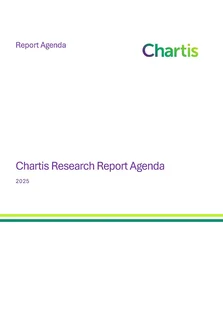<p>As technology innovations go, few can have had as much impact – or have been the subject of as much fevered speculation – as blockchain. For some it’s a revolution – likely to be as important as the arrival of the internet. Others, wary of hype, are more sceptical. Much of the debate has been about whether blockchain could revolutionize financial services – and financial institutions, traditional and new, have high expectations for its power to cure their ills and boost their business.</p>
<p>At its heart, blockchain technology verifies transactions based on a network of consensus; once approved, transactions enter an online ledger that cannot be tampered with (for a more detailed<br />
definition, see Chapter 6). That blockchain is built on transparency, consensus and trust should make it a natural fit with risk management and compliance, and there are many areas where its attributes can easily add value to a risk management function. But it has several important shortcomings, not least its built-in anonymity, and the lack of available computer processing power to operate it at scale.</p>
<p>Blockchain is, however, highly customizable, and if successfully tailored to financial firms’ needs, it will be a great way to add value, share information and streamline business processes. But any financial institution exploring its possibilities should understand the issues before making blockchainbased decisions that could transform their business processes. Views must be balanced, and expectations tempered.</p>
<p>This report demystifies blockchain by setting it in a more realistic financial services context, and comparing it to more established technologies that can offer at least the same, and in some cases more, functionality. We also analyze blockchain’s features and developments – such as smart contracts and public and private blockchains – to understand its challenges and opportunities. Finally, we provide Chartis’s view, to enable financial institutions to evaluate blockchain’s true potential before deciding whether it’s right for them.</p>
Only users who have a paid subscription or are part of a corporate subscription are able to print or copy content.
To access these options, along with all other subscription benefits, please contact info@risk.net or view our subscription options here: http://subscriptions.risk.net/subscribe
You are currently unable to print this content. Please contact info@chartis-research.com to find out more.
You are currently unable to copy this content. Please contact info@chartis-research.com to find out more.
Copyright Infopro Digital Limited. All rights reserved.
As outlined in our terms and conditions, https://www.infopro-digital.com/terms-and-conditions/subscriptions/ (point 2.4), printing is limited to a single copy.
If you would like to purchase additional rights please email info@chartis-research.com
Copyright Infopro Digital Limited. All rights reserved.
You may share this content using our article tools. As outlined in our terms and conditions, https://www.infopro-digital.com/terms-and-conditions/subscriptions/ (clause 2.4), an Authorised User may only make one copy of the materials for their own personal use. You must also comply with the restrictions in clause 2.5.
If you would like to purchase additional rights please email info@chartis-research.com


